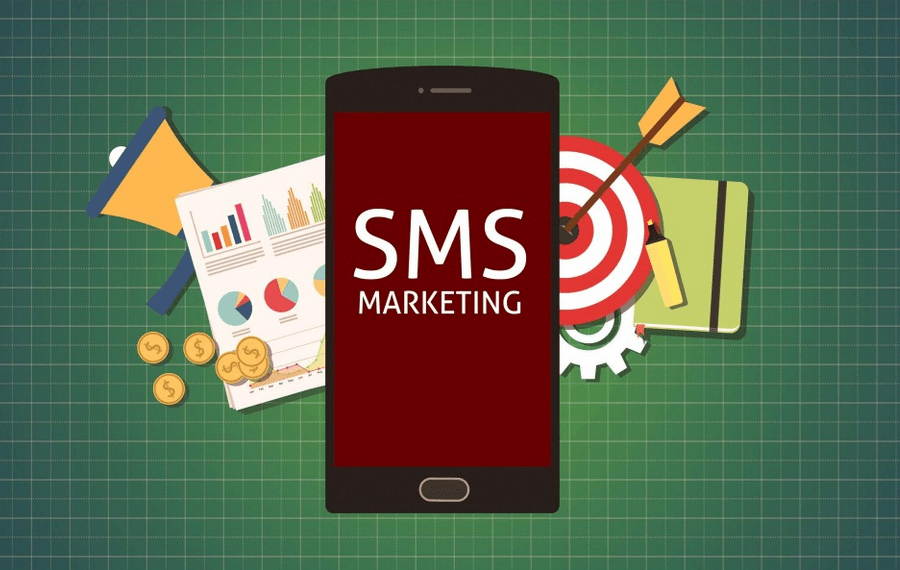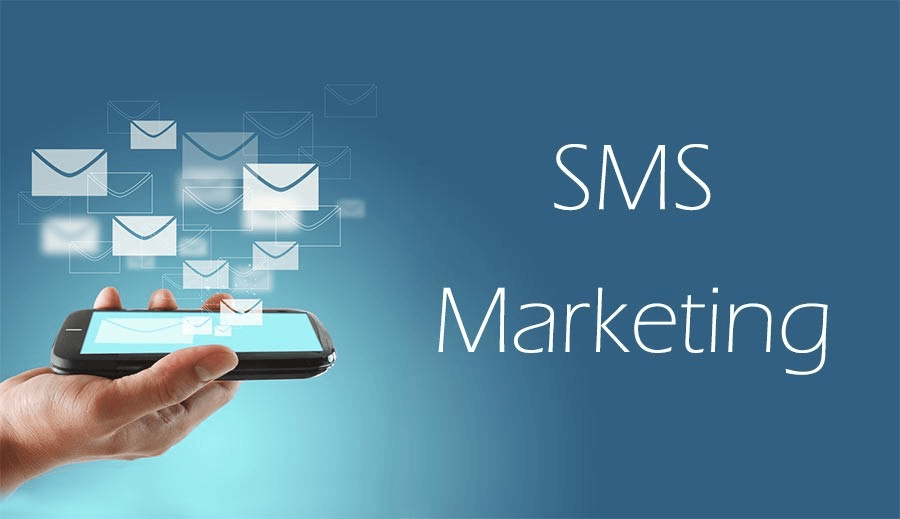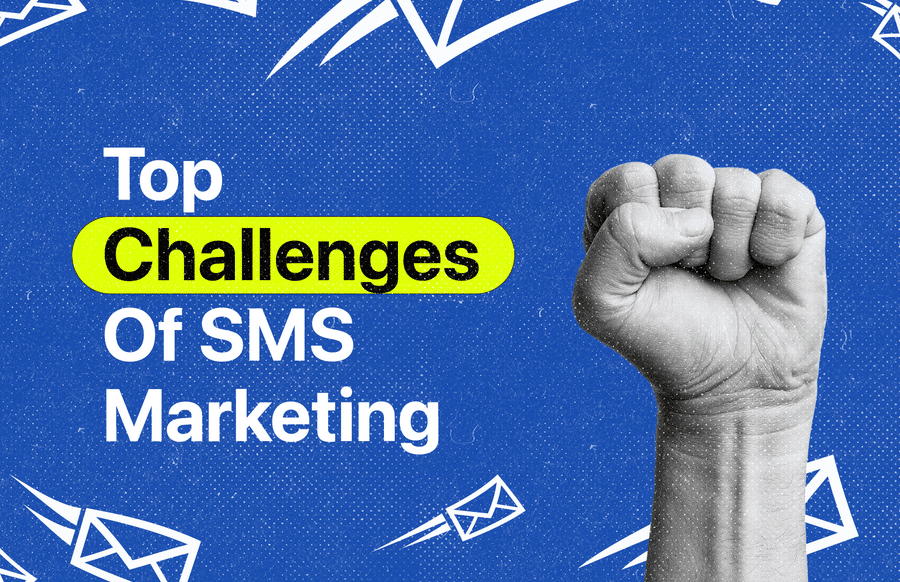📑 Table of Contents
SMS marketing has rapidly become one of the most direct ways for brands to connect with their audience. With open rates as high as 98%, SMS messages almost guarantee that the customer will see your message. Yet, unlike other channels, SMS marketing demands a careful, respectful approach. When mishandled, it can quickly irritate customers and lead to unsubscribes, negative reviews, and potential legal repercussions. That’s why SMS marketing challenges must be handled correctly.
Marketers encounter unique challenges when it comes to SMS. These include building a subscriber list, navigating strict regulations, crafting messages that work within character limits, finding the right timing, and measuring campaign effectiveness.
This guide explores these challenges and provides actionable strategies to overcome them. By implementing these solutions, your SMS campaigns can become a valuable tool for customer engagement, loyalty, and sales.
1. Building and Maintaining an SMS Subscriber List
Building a subscriber list for SMS marketing can be challenging. Unlike email, which many customers view as a less personal channel, SMS messaging involves higher trust and privacy.
As a result, many people hesitate to share their phone numbers with brands due to concerns over privacy and spam.
Furthermore, SMS marketing can experience a high opt-out rate, especially if messages lack value or appear too frequently.
Solution
To effectively build and retain your SMS subscriber list, consider the following strategies:
- Incentivize Sign-Ups: Offer customers a reason to sign up for your SMS list, such as a first-time discount, exclusive promotion access, or entry into a giveaway. By creating immediate value, you increase the likelihood that they’ll share their phone number.
- Make Opt-In Clear and Simple: Transparency is essential. Customers should understand exactly what they’re opting into, including the types of messages they can expect and the frequency. For example, they should state that they’ll receive weekly updates on sales or promotions rather than just generic updates.
- Create an Easy Opt-Out Process: A well-designed process shows that your brand respects customer preferences and builds trust. When customers know they can easily stop receiving messages, they’re more likely to opt in without fear of being “trapped” in a constant stream of messages.
These strategies give you a healthier, more engaged subscriber list. The focus should be quality over quantity, ensuring the opt-in people are genuinely interested in your offer.
Compliance is a major concern in SMS marketing. Regulations such as the Telephone Consumer Protection Act (TCPA), General Data Protection Regulation (GDPR), and CAN-SPAM Act have specific requirements for SMS marketing.
Violations of these regulations can result in hefty fines, brand reputation damage, and even legal action. However, understanding and adhering to these laws can be overwhelming, especially for businesses new to SMS marketing.
Solution
Staying compliant doesn’t have to be difficult if you follow a few core principles:
- Stay Informed on SMS Marketing Laws: Compliance requirements for SMS marketing vary by region, so it’s important to stay updated on any legal changes that may affect your business. You can achieve this by subscribing to industry newsletters, consulting with a legal expert, or partnering with an SMS platform that offers compliance guidance.
- Use Double Opt-Ins: A double opt-in process requires customers to confirm their interest twice. For example, they might enter their phone number on your website and receive a text asking them to reply with “YES” to confirm. This extra step ensures that only people who genuinely want to receive messages will be on your list.
- Partner with a Compliance-Focused SMS Platform: Some SMS platforms offer features specifically designed to support compliance, such as automated record-keeping, unsubscribe management, and pre-made templates that align with legal requirements. Working with a platform prioritizes compliance can take significant pressure off your team and help avoid costly mistakes.
With a proactive approach to compliance, you can protect your business while building a trustworthy relationship with your subscribers.

3. Crafting Engaging, Concise Messages
Crafting effective SMS messages is more difficult than it seems. SMS character limits force marketers to condense their messaging into short, punchy statements that convey value.
Additionally, these messages must be direct yet engaging to capture customer attention in just a few seconds. This is a challenge, especially when promoting products, sharing announcements, or trying to drive sales.
Solution
Here’s how you can create SMS messages that resonate with your audience:
- A/B Test Your Messages: Conduct A/B testing to understand which message formats perform best. Experiment with different wording, calls-to-action (CTAs), and message lengths to see what drives the most engagement and clicks. Over time, these tests will reveal the best messaging style for your audience.
- Personalize Your Approach: Personalization makes messages more relevant and increases customer engagement. Include the recipient’s first name, and consider using segmentation to send different messages to different audience groups. You can also use emojis and language that align with your brand’s tone to create a friendly, engaging message.
- Prioritize Clarity and Direct CTAs: Short messages need to be clear and actionable. Avoid vague or overly complex language, and make sure your CTA is easy to understand. For instance, if you’re running a sale, say, “Get 20% off today! Click here to shop.”
Focusing on concise, engaging language will make your SMS messages feel valuable rather than intrusive. Each message should have a clear purpose, whether to drive a sale, inform about an event, or offer a special deal.
4. Timing and Frequency of Messages
When it comes to SMS marketing, timing and frequency are crucial. Poorly timed or overly frequent messages can frustrate customers and lead to higher unsubscribe rates. But when you get the timing and frequency right, SMS becomes a powerful way to stay top-of-mind without being intrusive.
Solution
Use these strategies to optimize your SMS timing and frequency:
- Keep Your Frequency in Check: Most brands find success with 4-5 messages per month. However, you can adjust this based on your audience and campaign goals. For example, a retailer might send more messages during the holiday shopping season but keep it minimal during slower periods.
- Use Data to Fine-Tune Timing: Analyze customer engagement data to identify when subscribers most respond to messages. For instance, if you notice higher engagement on weekends or evenings, consider scheduling your messages during those times.
- Respect Time Zones: If your subscribers are spread across different time zones, remember when your messages will reach them. Many SMS platforms offer tools to automate messages based on recipients’ time zones, ensuring your texts arrive at convenient times.
Finding the right balance with timing and frequency can enhance the effectiveness of your SMS campaigns, making them feel helpful rather than disruptive.
5. Measuring SMS Campaign Effectiveness
Measuring the success of SMS marketing can be tricky. Traditional marketing metrics like open rates don’t apply to SMS, so marketers must use other key performance indicators (KPIs) to assess effectiveness. Knowing if your SMS campaigns drive the intended results is hard without a clear measurement strategy.
Solution
To accurately measure the effectiveness of your SMS campaigns, focus on these metrics:
- Track Click-Through Rates (CTR) and Conversion Rates: CTR tells you how many recipients clicked on a link in your message, while conversion rate measures how many completed a desired action, like purchasing. Together, these metrics give you insight into the campaign’s impact.
- Monitor Opt-Out Rates: High opt-out rates indicate that customers may find the content irrelevant or the frequency excessive. Regularly monitor opt-out data to identify patterns that may help improve message relevance and timing.
- Use Unique Links and Discount Codes: Unique tracking links and custom discount codes help you track sales and engagement directly attributable to your SMS campaigns. By using dedicated codes, you can see exactly how SMS contributes to your bottom line.
- Set Up Feedback Loops: Include a way for customers to share their thoughts on your messages. For example, a brief survey link can provide insights into what customers like or dislike about your campaigns, allowing you to refine your strategy continuously.
With these measurement tools, you’ll gain a clearer picture of your SMS campaign’s performance and be able to adjust your approach to increase engagement and ROI.

Final Reflections
SMS marketing presents unique challenges, but each obstacle has a practical solution. You can overcome the common pitfalls of SMS marketing by building a quality subscriber list, ensuring compliance, crafting engaging messages, fine-tuning timing, and measuring success. SMS becomes a powerful tool for building customer relationships, driving sales, and increasing brand loyalty when done right.
With these strategies, you can unlock SMS marketing’s full potential and connect with your audience personally and effectively. Start implementing these solutions today to transform your SMS campaigns into a valuable part of your marketing strategy.
